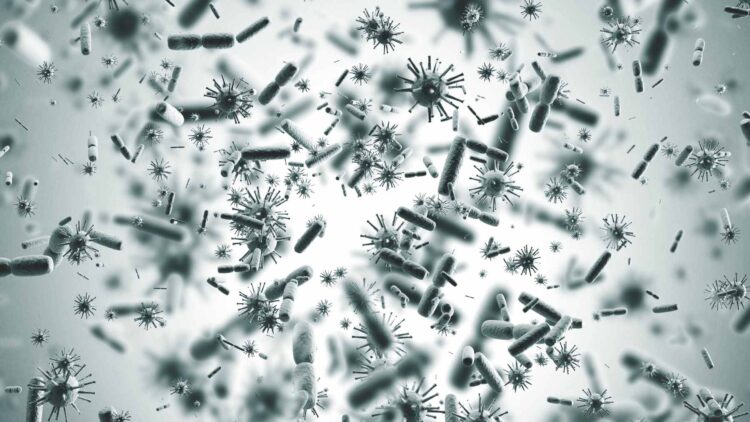One of the few things that we were all certain off is that there were no bacteria in Space, as, in theory, everything we sent up there is sterilized and no organism can survive naturally and without a lot of help in those conditions. It seems like we were wrong and that microorganisms always find a way to appear, thrive and evolve. This new scientific discovery made by Chinese scientists in one of the orbiting space stations around earth could be the first example of astrobiology and extraterrestrial life we have ever seen.
Of course, we know that even if you tried to sterilize everything that went up in space some bacteria would end up being delivered along with the supplies, but until now, these did not survive, and the new specimen seems to be doing more than surviving, it is thriving.
The new bacteria discovered orbiting earth in space
Dicovered in May 2023 on the Chinese space station Tiangong by the Shenzhou-15 crew, this is a specimen that has never been seen before. The crew had been collecting routine microbiological samples from the station’s living quarters for the CHAMP project (short for China Space Station Habitation Area Microbiome Program) when they came across what we later found was a rod-shaped microbe. When, back on Earth, scientists analyzed it and discovered that it was a new species, they named it Niallia tiangongensis.
It is quite the resistant strain, it forms spores that survive through nutrient shortages, radiation, microgravity, and even the rigorous cleaning routines that are part of daily life aboard Tiangong, but perhaps even more interestingly, it has the ability to break down gelatin, which gives it access to vital carbon and nitrogen. This ability also allows it to create a kind of slimy shield called a biofilm, which is not common in other bacteria from the same family.
The question now is whether these bacteria mutated in space to survive those harsh conditions, or if it originated on Earth and had just gone unnoticed until now. This is only a question because the microbial world remains largely a mystery on Earth, let alone in space. But, genetic tests showed that its closest known relative is Niallia circulans, a soil bacterium that is known for being hardy and in some cases, dangerous as under certain conditions it can cause serious infections in people with weakened immune systems.
While this could mean it was brought from Earth, it does not alleviate concerns. If Niallia tiangongensis has picked up new survival traits, it could pose health risks to astronauts, especially during longer missions.
This is not the only bacteria that has appeared in space and has been able to thrive, researchers on the International Space Station found that bacteria like Staphylococcus aureus became tougher and built thicker biofilms after spending time up there, and so now there is an enormous amount of new research that will need to happen in order to figure out how to solve some of the problems these bacteria could cause in space.
Factors like radiation, confinement, and zero gravity create a perfect storm where microorganisms might change faster than they would on Earth, and while there is no evidence for now that astronauts are in any specific danger, it does not make any of these bacteria harmless. As an example, biofilms can grow on important surfaces and cause malfunctions in electronics or mechanics, which are instrumental in shorter trips around the earth and even more crucial when we think about longer missions, like the ones we seem to plan on sending to Mars.
If standard cleaning methods do not work on it, engineers might have to rethink how they maintain spacecraft interiors, which is a very big deal for future missions where help is months away.

